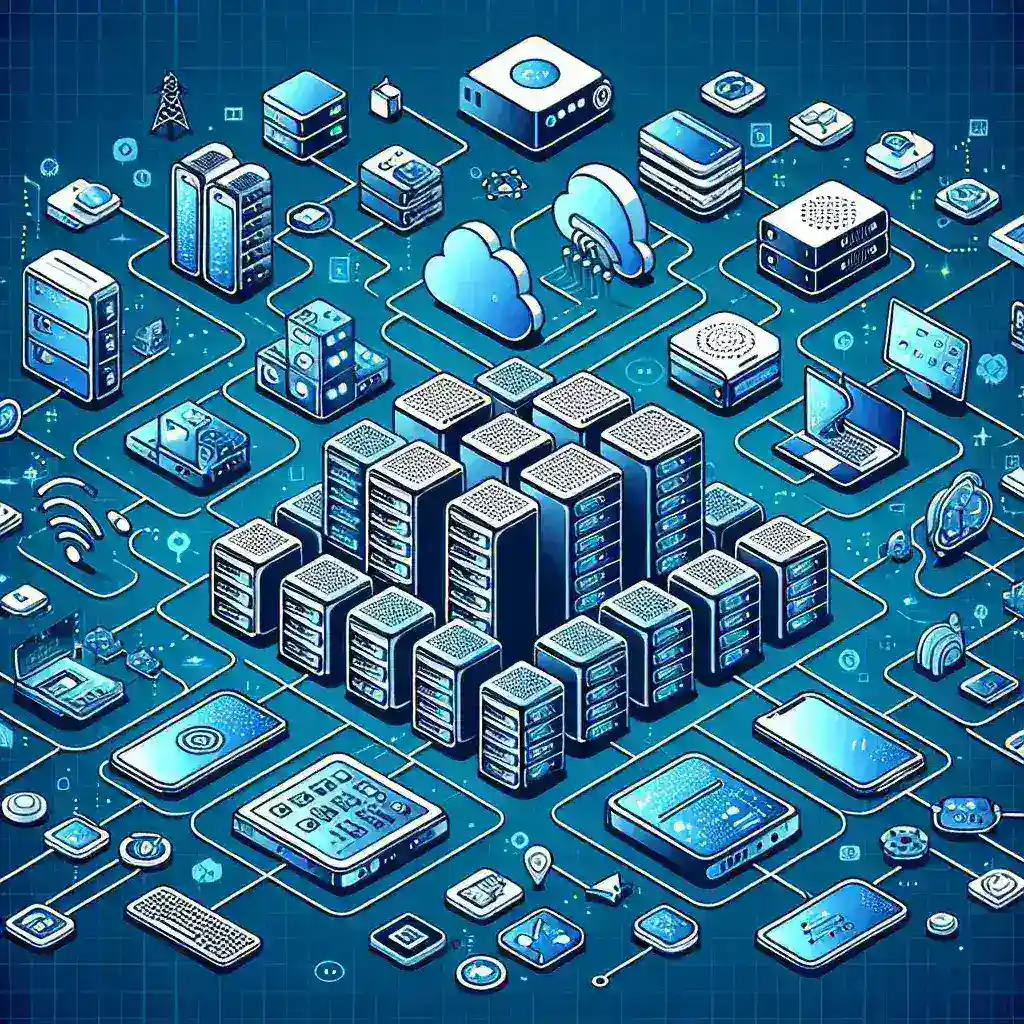Introduction to Edge Computing
Edge computing is transforming the way we process and handle data. With the exponential growth of connected devices, traditional cloud computing is no longer sufficient for real-time data processing. By bringing computation closer to the data source, edge computing promises to reduce latency, enhance performance, and provide more efficient data management.
Understanding the Basics of Edge Computing
Edge computing refers to a distributed computing paradigm that processes data at or near the source of data generation rather than relying solely on centralized cloud-based systems. This approach minimizes the distance that data must travel and reduces the dependency on the cloud.
Key Features of Edge Computing
- Low Latency: Data is processed closer to where it is generated, resulting in faster response times.
- Bandwidth Efficiency: By processing data locally, edge computing reduces the amount of data that needs to be transmitted to centralized cloud servers.
- Enhanced Security: Local processing and storage provide additional layers of security by minimizing data exposure.
- Scalability: Edge computing can easily scale to support a growing number of devices and applications.
Impact on the Internet and IoT
The introduction of edge computing has brought substantial changes to the landscape of the Internet and IoT (Internet of Things).
Reduced Latency and Faster Processing
In traditional cloud computing models, data must travel from the device to the cloud for processing and back, which introduces latency. Edge computing mitigates this delay by processing data at the edge of the network, thereby enabling real-time decision-making.
Enhanced IoT Solutions
IoT devices generate significant amounts of data that need real-time processing. Edge computing ensures that critical data is processed locally, leading to faster insights and actions. This is crucial in applications such as autonomous vehicles, smart grids, and industrial automation.
Improved Reliability
Edge computing enhances the reliability of internet applications by ensuring continuous operation even when the connection to the central cloud is interrupted. Local edge servers can handle data processing independently, ensuring uninterrupted service.
Optimized Network Traffic
By offloading data processing to the edge, network traffic is significantly reduced. This optimization decreases the burden on centralized data centers and improves overall network performance.
Use Cases and Applications
Edge computing is being adopted across various industries, each leveraging its unique benefits for their specific needs.
Healthcare
In healthcare, edge computing enables real-time patient monitoring by processing data from wearable devices and medical equipment locally. This helps in providing immediate care and faster diagnostics.
Manufacturing
Manufacturers use edge computing to streamline operations by processing data from sensors and machinery on the factory floor. This leads to predictive maintenance, reduced downtime, and enhanced productivity.
Smart Cities
Edge computing supports the development of smart cities by enabling real-time monitoring and management of urban infrastructure, traffic systems, and public services.
Retail
Retailers benefit from edge computing by analyzing in-store customer behavior, optimizing inventory management, and enhancing the overall shopping experience through personalized recommendations.
Challenges and Considerations
Despite its numerous advantages, edge computing presents certain challenges that need to be addressed.
Security Concerns
While edge computing reduces data exposure, it also introduces new security risks such as physical device tampering and unauthorized access. Implementing robust security measures is essential.
Data Management
Managing and orchestrating data across distributed edge servers can be complex. Ensuring data consistency and accuracy requires sophisticated data management strategies.
Scalability
As the number of edge devices increases, maintaining and scaling the infrastructure becomes a challenge. Efficiently managing resources and ensuring seamless scalability is crucial.
Cost
Deploying and maintaining edge computing infrastructure can be costly. Organizations need to weigh the benefits against the investment to ensure a positive return on investment.
The Future of Edge Computing
As technology continues to advance, the adoption of edge computing is expected to grow. Innovations in AI, machine learning, and 5G connectivity will further enhance the capabilities and applications of edge computing.
In the coming years, edge computing and traditional cloud computing will likely coexist, complementing each other to provide hybrid solutions that leverage the strengths of both paradigms. Organizations that embrace edge computing will be better positioned to meet the demands of the digital era and capitalize on new opportunities.
Conclusion
Edge computing is revolutionizing the internet by providing faster processing, reduced latency, and enhanced reliability. Its impact on various industries is profound, offering new possibilities and driving innovation. While challenges exist, the potential benefits make edge computing a pivotal technology in the evolution of the internet.

